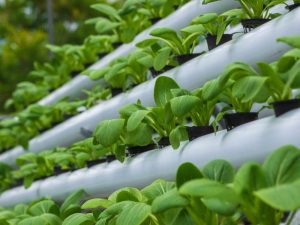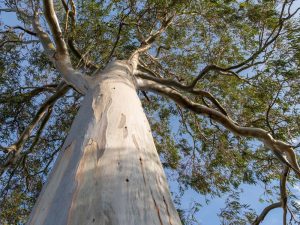Last Updated on December 19, 2023 by teamobn

Sloping yard landscaping can turn a challenging yard into a unique garden. It calls for careful planning and creative design. This guide will help you transform an inclined terrain. We’ll explore practical tips to make your sloping yard beautiful and functional.
Understanding the Terrain of Sloping Yard Landscaping
Contents
- 1 Understanding the Terrain of Sloping Yard Landscaping
- 2 Design Principles for Sloping Yards
- 3 Challenges in Sloping Yard Landscaping
- 4 Maintenance Tips for Slope Yard Landscaping
- 5 FAQ on Sloping Yard Landscaping
- 5.1 What’s the first step in landscaping a sloped yard?
- 5.2 What is the best way to control erosion on a slope?
- 5.3 How do you water a sloped garden efficiently?
- 5.4 Are terraces necessary for sloping yards?
- 5.5 How do you mow a lawn on a slope?
- 5.6 Can you install a patio on a sloped yard?
- 5.7 What plants are best for a sloping yard?
- 6 Conclusion
When tackling sloping yard landscaping, the first step is understanding your canvas. The lay of the land holds clues to potential designs and solutions. This knowledge is key to creating a yard that’s not only striking but also sustainable.
We’ll look at how to assess the slope, study the soil, and map the water flow.
Assess the Slope
Understanding the degree of your sloping yard landscaping design is crucial. It sets the stage for all your landscaping decisions. Begin by measuring the incline. You can use a level and a ruler or a smartphone app. Note the steepness and any changes across the yard.
Next, observe how the slope affects your space. Does it offer a view? Consider how you might use this to your advantage. Also, think about access. Steep slopes can be hard to navigate. You might need steps or a winding path.
Now, think about the slope’s direction. A slope facing the sun has different needs than one in the shade. Sunlight can influence plant choices and seating areas.
Last, look for signs of movement. Soil slipping away or cracks can mean you need to stabilize the area. This is where retaining walls or plants can help.
By the end of this step, you’ll have a clear picture of your slope’s character. This knowledge is the groundwork for your sloping yard landscaping plan.
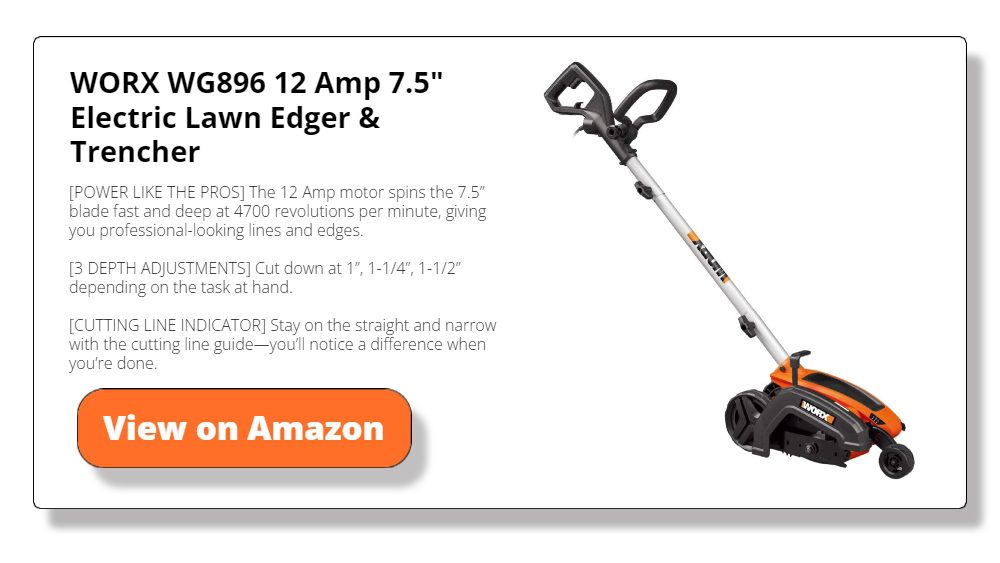
Identify Soil Type
Knowing your soil type is like knowing the personality of your sloping yard landscaping plan. It tells you what will grow and how well structures will hold. Start with a simple test to see if your soil is sandy, clay, or loamy. You can do this by feeling the soil or using a home testing kit.
The soil type in your sloping yard landscaping affects water drainage and plant health. Sandy soils drain quickly but don’t hold nutrients well. Clay soils hold water and nutrients but may not drain enough. Loamy soil is ideal as it balances drainage with nutrient retention.
Also, check for soil pH. It can be acidic, alkaline, or neutral. This affects which plants will thrive in your yard. You can adjust pH, but it’s easier to choose plants that suit the soil you have.
Remember, soil on a slope can be different at various levels. So, test different areas. Once you know your soil type, you can pick the right plants and amendments. You’ll also understand how to manage water flow better.
Determine Water Flow Patterns
Water behavior on your slope can make or break your landscaping efforts. Start by watching how water moves during heavy rain. Does it soak into the soil, or does it rush down the slope? Note any areas where water pools or runs off too quickly.
Look for signs of erosion. Bare spots, gullies, or exposed roots tell you where water is too strong for the soil to handle. This is important for preventing future damage. You might need to redirect water or slow it down.
Think about how you can use water flow to your advantage. Maybe you can create a natural water feature or direct water to thirsty plants. But remember that water should move away from your home’s foundation to prevent damage.
By mapping the water flow, you’re prepared to work with nature, not against it. You can plan for proper drainage and make the most of rainfall. With this understanding, your sloping yard will not only look good but also be environmentally sound.

Design Principles for Sloping Yards
Designing for a sloping yard demands a blend of art and science. It’s about working with the slope to create a harmonious and sustainable outdoor space. In this section, we’ll look into the core principles guiding your design.
Working with the Natural Incline
Embracing the natural shape of your slope is key. You want to complement the yard’s contours, not fight them. Start with a layout that follows the land. Paths and beds should curve with the slope, not cut across it. This approach feels more natural and reduces the work needed to change the terrain.
Terracing is a powerful tool here. It creates flat areas for planting and recreation. Each level can have its purpose. Maybe one terrace for flowers, another for veggies, and a flat space for kids to play. But terracing should be subtle. You want to match the land’s rhythm, not create harsh lines.
Next, think about sight lines. From your home and yard, where does the eye naturally travel? Use the incline to showcase views. Place seating areas where the vista is best. Or plant a stunning tree at a focal point.
Also, consider the journey through your yard. Slopes offer a unique chance to create a path that unfolds with surprises. A winding walk with plants and art along the way can be enchanting. It’s not just about getting from point A to B. It’s about enjoying the journey.
Working with the incline, you make the slope an ally. Your design will have a flow that feels right. It will be easier to maintain and more pleasing to the eye. With the natural incline as your canvas, the possibilities for beauty and utility are endless.
Choosing the Right Plants
Selecting plants for a sloping yard is about more than just beauty. You need species that will anchor the soil and require minimal upkeep. Here’s a list of plants that are well-suited for slopes and why they make the cut:
- Creeping Juniper (Juniperus horizontalis):
- Holds soil with its dense matting.
- Resistant to drought, making it low-maintenance.
- Cotoneaster (Cotoneaster horizontalis):
- Spreads wide to stabilize large areas.
- Produces attractive berries that attract wildlife.
- Daylilies (Hemerocallis):
- Deep roots help prevent soil erosion.
- They thrive in various conditions and require little care.
- California Lilac (Ceanothus):
- Its root systems are excellent for holding soil.
- Drought-tolerant and bursts with vibrant blue flowers.
- Lavender (Lavandula):
- Survives in poor soil and helps with erosion control.
- Fragrant and provides a splash of color.
- Fescue Grass (Festuca):
- Establishes quickly and binds soil effectively.
- Needs minimal watering and cutting.
Each plant offers unique benefits for slope landscaping. They help control erosion, require little upkeep, and enhance the beauty of your yard. When choosing plants, consider their compatibility with your soil and climate. With the right selection, you avoid one of the common landscaping mistakes.
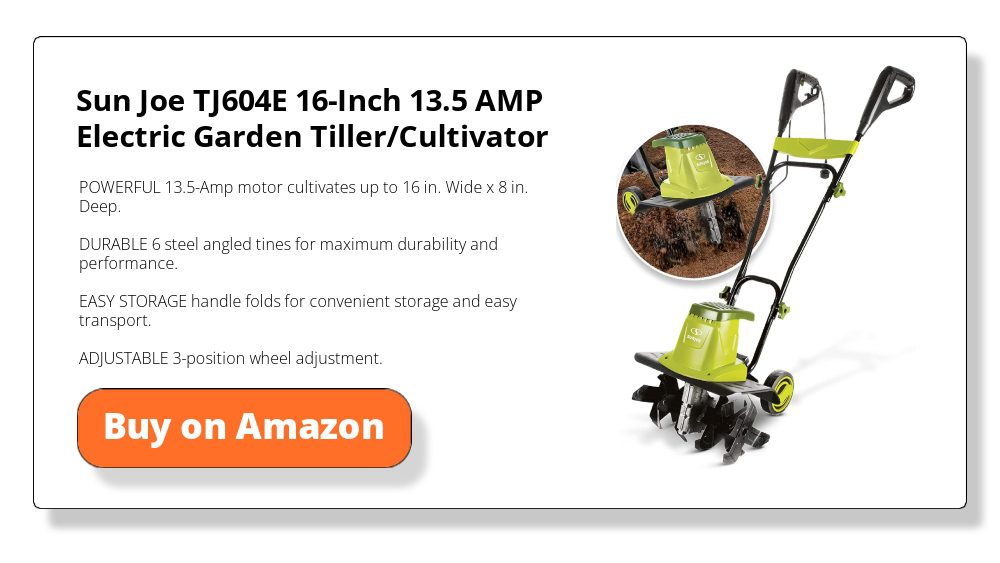
Creating Terraces and Retaining Walls
Transforming a slope often involves the strategic use of terraces and retaining walls. These features tame the incline and create flat, usable areas. Terracing turns a steep yard into a stepped series of levels. This not only adds visual interest but also makes planting and maintaining your garden much easier.
When designing terraces, it’s essential to consider the natural flow of the landscape. The terraces should appear as natural extensions of the slope, not abrupt plateaus. They can be shaped in various forms, such as curved steps that hug the land’s contours, which helps minimize soil disruption.
Retaining walls are the backbone of terracing. They hold back soil and define the terraced areas. While functional, these walls also offer an aesthetic element to the landscape. They can be constructed from different materials, like natural stone, bricks, or wood. Each material brings a different texture and color to the garden and should be chosen to complement the surrounding environment.
It’s crucial to integrate proper drainage solutions when building retaining walls. Without adequate drainage, water can build up behind the wall, leading to increased pressure and potential failure. This is often achieved by placing a perforated pipe behind the wall that channels water away from the structure.
In sloping yard landscaping, terraces, and retaining walls serve multiple purposes. They prevent soil erosion, provide planting space, and enhance the overall beauty of the garden.
Challenges in Sloping Yard Landscaping
Landscaping a sloping yard can be full of surprises and challenges. The key to success lies in identifying these issues and implementing effective solutions. In this section, we’ll address common problems homeowners face with sloped gardens and provide tailored solutions for each.
Overcoming Erosion
Erosion is a major concern in sloping yard landscaping. It occurs when wind and water wear away the soil, which can ruin gardens and make the terrain unstable. Here’s how you can tackle this issue:
- Use Groundcovers and Deep-Rooted Plants: Plants with deep roots hold the soil together. Groundcovers spread out to protect the topsoil from the impact of raindrops. Together, they form a living barrier against erosion.
- Install Erosion Control Fabrics: These fabrics are laid over the soil and pinned down. They act as a support while new plants take root. They’re especially useful for new slopes where plants haven’t been established yet.
- Build Terraces: As mentioned earlier, terraces reduce the slope’s angle. This slows down water flow and reduces its ability to carry soil away. They also add beauty and functional space to your garden.
- Create Rock Gardens: Rocks can anchor the soil. Arranged properly, they can slow down water and wind. Plus, they create a unique aesthetic for your yard.
Implementing these solutions can significantly reduce erosion. Each one works with the natural environment to protect your sloping yard.
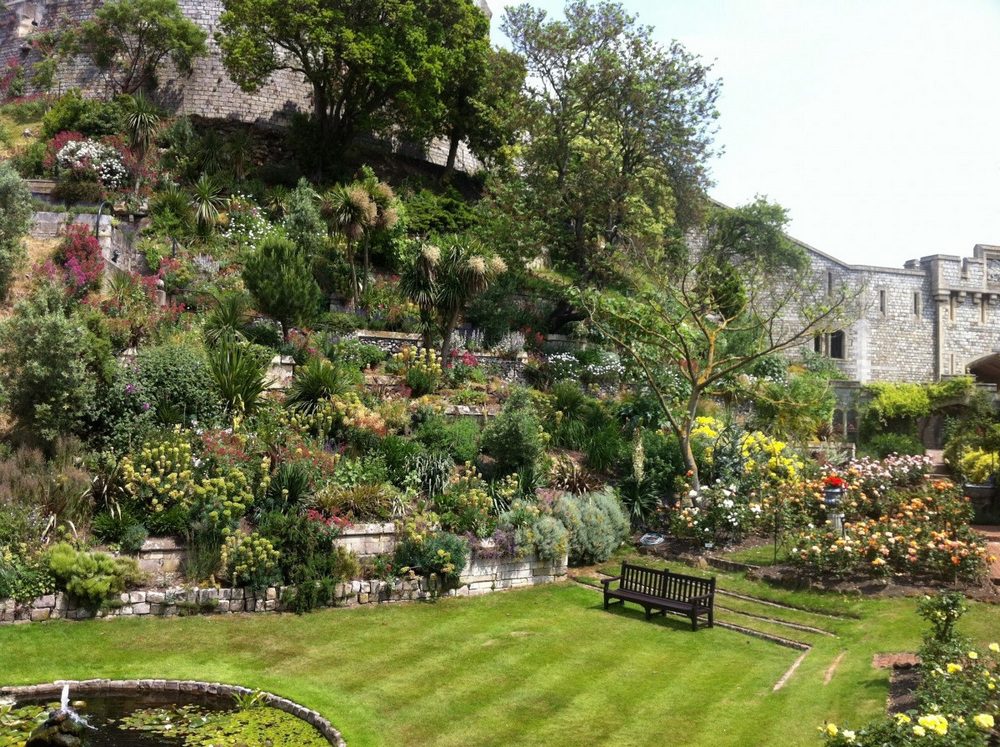
Managing Water Runoff
Water runoff on sloping yard landscaping can lead to lost soil nutrients and moisture needed for plants. It can also cause serious erosion if not managed properly. Here are ways to handle water runoff effectively:
- Divert Water with Swales: Swales are shallow trenches that follow your sloping yard landscaping contour. They capture runoff and redirect it, giving water time to infiltrate the soil.
- Use Rain Gardens: These are planted depressions that absorb rainwater runoff from areas like driveways. They allow the water to be used by plants rather than running off into storm drains.
- Incorporate Retaining Walls: As discussed, retaining walls can help slow down water flow on your sloping yard landscaping design. By including weep holes or drainage pipes in the design, walls can manage water passage while holding soil back.
- Implement Drip Irrigation: This method delivers water directly to the plant roots. It reduces runoff and is more efficient than overhead watering, which can quickly run down the slope.
Applying these strategies can turn the challenge of water runoff into an opportunity for a thriving landscape. They ensure that water is a resource for your garden, not a problem.
Ensuring Plant Stability
Plant stability on sloping yard landscaping structures can be tricky. Without the right approach, plants may struggle to take root and can be dislodged by water or wind. Here’s how to ensure your plants stay put and grow strong:
- Plant in Staggered Rows: Instead of aligning plants in a straight line down your sloping yard landscaping design, stagger them. This pattern helps to anchor the soil because the root systems will support each other.
- Use Terracing and Retaining Structures: Terracing creates level areas for plants to grow in your sloping yard landscaping space, which reduces the gravitational pull on them. Small retaining structures can provide a solid foundation for plants to establish.
- Choose the Right Plants: Opt for species known for their ability to thrive on sloping yard landscaping gardens. Plants with deep root systems are ideal for stability.
- Mulch Appropriately: Mulch helps to keep the soil in place and provides nutrients as it decomposes. However, too much can cause plants to slide, so it should be applied carefully.
These methods ensure that plants have the best chance to thrive on a sloping yard landscaping garden. Stability is key to a lush and enduring sloping yard.

Navigating Accessibility
Accessibility can be a major obstacle in sloping yard landscaping. Moving around on a steep incline is not only challenging but can also be unsafe. Here’s how to improve access and enjoy every part of your sloped garden:
- Install Steps or Pathways: Building steps or a meandering path can make it easier and safer to ascend and descend the slope. Materials like stone or wood can create a natural look that blends with the surroundings.
- Use Switchbacks: For very steep slopes, switchback paths can be a practical solution. They zigzag across the slope, reducing the incline of each section and making the ascent more gradual.
- Incorporate Handrails or Borders: Adding handrails along steps or borders alongside paths provides support.
- Choose Low-Maintenance Plants for Hard-to-Reach Areas: For the steepest parts of your yard, plant species that don’t require frequent care. This will reduce the need to climb the slope often.
By addressing accessibility, you ensure that your sloping yard landscaping area is not just a showpiece but a space to be lived in and enjoyed. Safe and easy access across the yard allows for better interaction with the landscape and a more functional outdoor area.

Maintenance Tips for Slope Yard Landscaping
Maintaining a sloping yard landscaping space can be more demanding than caring for a flat one. But with the right techniques, you can keep your landscape in top shape. Here are some maintenance tips designed specifically for sloping yards:
- Regular Weeding: Weeds can take over quickly on any sloping yard landscaping garden, leading to soil erosion when pulled out. Regular weeding helps to manage them without disturbing the soil too much.
- Mulching: Mulch keeps the soil moist and reduces erosion in your sloping yard landscaping garden. Apply it around plants on your sloping yard landscaping garden to help the soil retain water and suppress weeds.
- Prune Properly: Keep the plants on your slope pruned to encourage healthy growth and prevent them from becoming too heavy on top, which can cause them to pull away from the slope.
- Seasonal Check-ups: At the start of each season, check your slope for signs of erosion or destabilization. Early detection means easier fixes.
- Stabilize Foot Traffic: Create designated walkways to minimize soil compaction and plant damage withing your sloping yard landscaping garden. Compacted soil can lead to increased runoff and erosion.
- Efficient Watering Practices: Water slopes in several short sessions rather than one long one to allow water to infiltrate the soil gradually without running off.
- Choose Durable Materials: For hardscaping, select materials that can withstand the constant movement of water and soil typical on slopes.
- Seasonal Soil Checks: Test your sloping yard landscaping soil’s pH and nutrient levels seasonally, as slopes can experience quicker depletion of nutrients due to water movement.
FAQ on Sloping Yard Landscaping
What’s the first step in landscaping a sloped yard?
What is the best way to control erosion on a slope?
How do you water a sloped garden efficiently?
Are terraces necessary for sloping yards?
How do you mow a lawn on a slope?
Can you install a patio on a sloped yard?
What plants are best for a sloping yard?
Conclusion
Transforming a sloping yard requires creativity, planning, and practicality. Whether it’s combating erosion, managing water runoff, or ensuring plant stability, each challenge presents an opportunity to enhance the beauty and functionality of your outdoor space.
By adopting the strategies outlined, you can achieve a thriving landscape that complements the natural incline of your property. Remember, sloping yard landscaping can turn what seems like a daunting space into the highlight of your home.


